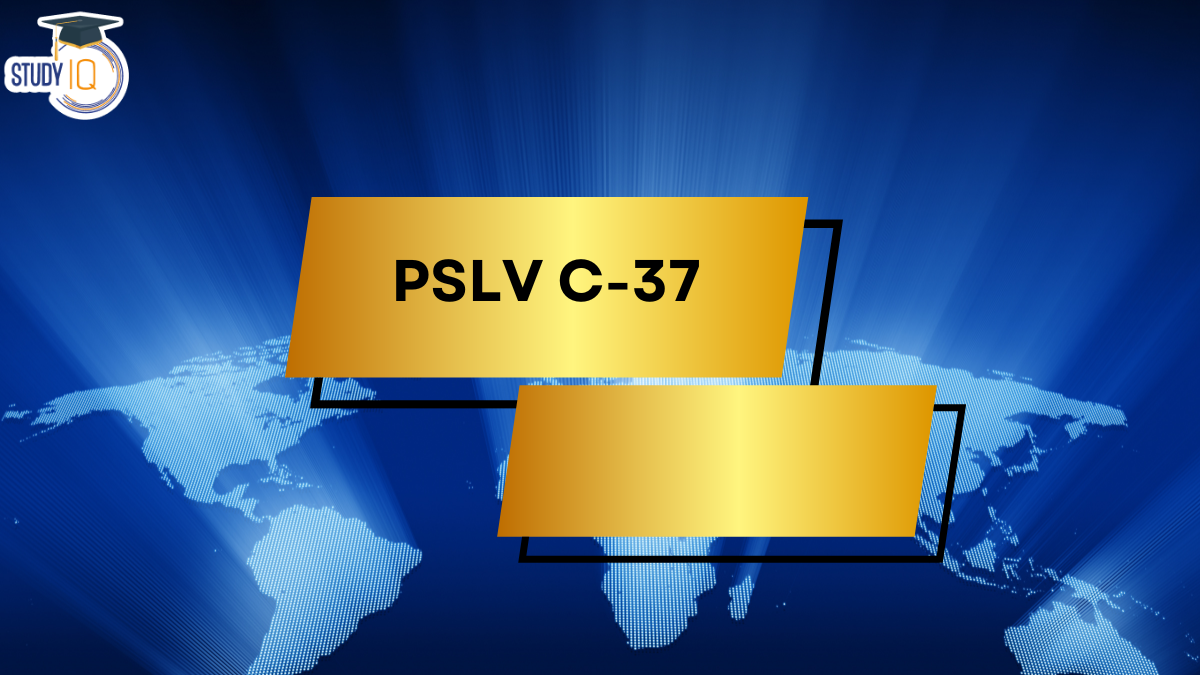Polar Satellite Launch Vehicle (PSLV-C37)
- It was launched by the Indian Space Research Organisation (ISRO) into space in 2017:
- It broke the previous record of 37 satellites launched by a Russian Dnepr rocket in 2014.
- Launch site: Satish Dhawan Space Centre (SDSC) in Sriharikota, Andhra Pradesh
- Payload:
- The primary payload was Cartosat-2D, an Earth observation satellite.
- The secondary payloads included 103 nanosatellites, including two from India and 101 from other countries.
- Re-entry:
- The upper stage of the PSLV-C37 re-entered Earth’s atmosphere on October 6, 2024, after nearly eight years in space.
- This event demonstrated India’s commitment to responsible space practices and debris mitigation.
- It was regularly tracked by ISRO System for Safe and Sustainable Space Operations Management (IS4OM) & the U.S. Space Command (USSPACECOM)
- Atmospheric re-entry of the rocket body is fully compliant with the international debris mitigation guidelines of Inter-Agency Space Debris Coordination Committee (IADC).
| Related Bodies |
ISRO’s System for Safe and Sustainable Space Operations Management (IS4OM)
U.S. Space Command (USSPACECOM)
Inter-Agency Space Debris Coordination Committee (IADC)
|


 Securities Markets Code Bill 2025: Towar...
Securities Markets Code Bill 2025: Towar...
 Weakly Interacting Massive Particles (WI...
Weakly Interacting Massive Particles (WI...
 India–Oman Trade Deal: CEPA Signed to ...
India–Oman Trade Deal: CEPA Signed to ...

























